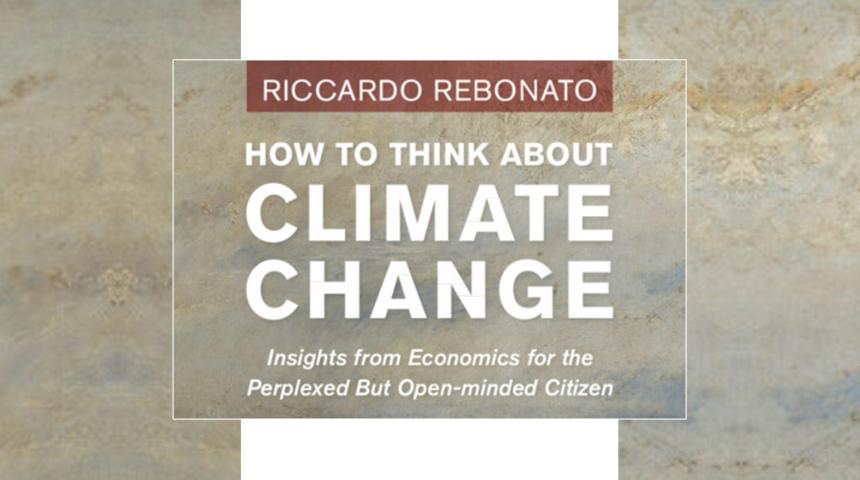Business ethics: from theory to practice
Professor Wim Vandekerckhove teaches business ethics to EDHEC’s MSc in Entrepreneurship & Innovation students. He is the convenor for ISO 37002, the international standard for whistleblowing management systems. He tells us all about his course.

What will the students learn on your course? What frameworks do you teach your students?
First and foremost, I would like to say that on this course, I don’t teach anything about personal ethics. Business ethics is not a matter of goodwill or good intentions. Most students underestimate the importance of managing ethics. I give them a set of tools and frameworks to manage ethics in an organisation. Business ethics is a safety net. It revolves around the fairness of interactions.
To give a concrete example, in class, we discuss worker surveillance measures put in place during the lockdown. Management was not that trusting, so we witnessed an increase in worker surveillance, sometimes using simplistic technologies such as employee keystroke monitoring. This is supposed to measure performance. How do you manage the interactions and fairness involved in working from home? Do you require people to turn on their cameras? These are new examples of interactions that you need to rethink and manage.
We also discuss the collapse of a mining dam in Brazil that flooded villages with mud and iron. People died. How do you restore and rebuild trust? As good as it is, an organisation cannot always succeed 100%. So, you need to manage ethics to avoid blind spots, but you also need to be ready to come back from ethical failure. Trust is one element of business ethics. How do you build and maintain trust? How do you rebuild trust? To unravel the common concept of trust into different dimensions, we use the ABI model, which stands for “ability, benevolence, and integrity”. Different stakeholders require different types of trust.
We also look at the Sustainable Development Goals. We dive into each goal and its specific targets to make it concrete and discuss what can be done when running a company. We use different forms of stakeholder mapping to help visualise the different stakeholders of a product or project. We also explore the Corporate Ethical Virtues model and its seven characteristics of an excellent ethical culture. We read extracts from the Financial Times to discuss examples of a company’s toxic culture and study which virtue is missing.
We further study the nine dimensions of a corporate ethics programme. If one of the corporate virtues is missing, we discuss how we can amend an organisation’s ethics programme to develop that missing virtue. We also use a framework for moral disengagement as a psychological phenomenon. This concept was developed in the context of war: you dehumanise the enemy to commit atrocities and rationalise cruel behaviour. In a business environment, moral disengagement can be applied to rationalise fraud.
Students engage very much in the classroom and share their opinions, but we raise the debate further to analyse a situation with a reasonable approach and make the virtues tangible.
Is business ethics equivalent to company values?
Most companies issue value statements. Very often, companies have similar values. It’s quite crucial to have them, but companies need to make sure they have the infrastructure to turn these values into practice. Management can underestimate the need to manage them. Where is the buy-in? How do you create opportunities for everyone to identify with these values? How do you deal with the different ways people construe values? A whole company can make the values a reality. It’s also true for business ethics.
In business ethics, the difficulty is not in deciding the right thing to do, but how to actually do it.
What is your field of expertise?
My research focuses on whistleblowing. I have been studying systems and the persons to whom people blow the whistle for the past 20 years.
You are the convenor for ISO 37002. What can you tell us about this international standard for whistleblowing management systems?
I led the international working group that developed this standard. It was a multi-stakeholder effort. We had 160 experts from 35 different countries and some liaison bodies. We also had people from industry, government, regulators, civil society, unions, whistleblowers … ISO 37002 is a set of guidelines, of best practices for organisations to follow to best handle the report and those concerned after someone has reported wrongdoing. It offers detailed guidance on how to receive a concern, undertake initial triage, investigate allegations or otherwise address the report, and close a case. There is a recent EU Directive on whistleblowing protection that requires organisations of 50 employees or more to have an internal system. I should add that France is at the forefront here, with some of the most progressive whistleblowing legislation in Europe. The ISO 37002 standard complements that legislation.
How do the principles of business ethics apply to entrepreneurship and innovation?
We look at the different phases of the entrepreneurial cycle. You have a startup, you have fast growth, you have to consolidate and then you have to prepare for another innovation or entrepreneurial cycle. We brainstorm on the sorts of ethical issue you might face in each cycle. For example, how do you build trust with different stakeholders at each stage? I must add that there is no one formula for this.
What do you expect your students to master upon completion of your course?
I expect them to be able to understand and apply the frameworks we have studied to analyse a situation and, on a reasoned basis, choose the right course of action. The course helps them to develop that reasoned basis for action.
Discover the MSc in Entrepreneurship & Innovation



